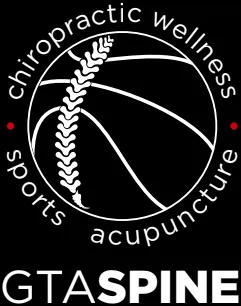What is a Sprain?
A sprain is an injury to a ligament — the tough bands of tissue that connect bone to bone at a joint — caused when the ligament is stretched beyond its normal limit or torn. Sprains most commonly occur in joints such as the ankle, wrist, and knee, often from a fall, twist, or direct blow. Severity ranges from mild (overstretching or microscopic tearing of ligament fibres) to severe (partial or complete tear of the ligament).
When a sprain occurs, it can cause pain, swelling, bruising, and reduced ability to move the affected joint. You may also feel instability in the joint, especially with more severe ligament damage. Sprains are different from strains: strains are injuries to muscles or the tendons that attach muscles to bone. Because the terms are sometimes used loosely, clear wording helps ensure the right diagnosis and treatment.
Symptoms of Sprains
Common symptoms of a sprain include:
- Pain at the injured joint
- Swelling and tenderness
- Bruising around the joint
- Reduced range of motion or difficulty bearing weight
- A feeling of instability or the joint “giving way” (with more severe sprains)
Sprain severity is commonly classified into three grades:
- Grade I (Mild): Ligament stretched with microscopic tears. Mild pain and little or no loss of function.
- Grade II (Moderate): Partial tear of the ligament. Moderate pain, swelling, bruising, and some loss of function or stability.
- Grade III (Severe): Complete tear or rupture of the ligament. Severe pain (may subside quickly), significant swelling and bruising, marked instability, often requires medical or surgical management.
Sprains vs Strains — quick, clear comparison
What’s the difference?
- Sprain: injury to a ligament (connects bone to bone at a joint). Caused by overstretching or tearing of ligament fibres. Common sites: ankle, wrist, knee.
- Strain: injury to a muscle or tendon (tendons attach muscle to bone). Caused by overstretching, excessive contraction, or overuse. Common sites: hamstring, lower back muscles, biceps.
Typical causes
- Sprains: falls, twisting injuries, awkward landings, direct blows to a joint.
- Strains: sudden acceleration/deceleration, lifting heavy objects with poor technique, overuse from repetitive movements.
When to See a Specialist
Seek professional care if you experience:
- Severe pain or rapid, significant swelling
- Inability to bear weight or use the joint
- Noticeable joint deformity or a popping sound at the time of injury
- Persistent symptoms beyond a few days despite basic first-aid measures
- Signs of infection if there is an open wound (redness, warmth, fever)
- Recurrent joint instability after previous sprains
How Can a Physiotherapist Help Treat Sprains?
At GTA Spine, our physiotherapists create individualized plans based on the type and severity of the sprain and your lifestyle. Typical goals and interventions include:
- Reducing pain and inflammation (manual therapy, modalities)
- Restoring range of motion and joint mobility
- Strengthening surrounding muscles to support the joint and prevent recurrence
- Proprioception and balance training to improve stability
- Education on safe return-to-activity and injury prevention strategies
